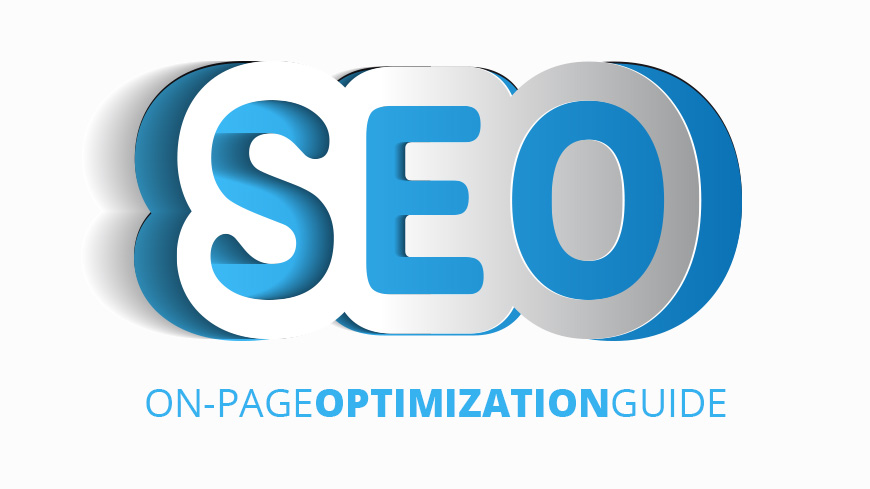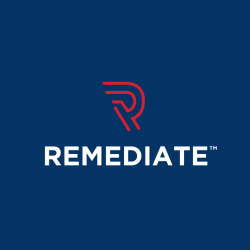Your Guide to Internal Linking October 19, 2016 by Garenne Bigby

When it comes to having your own website, the first battle is bringing users to your site. Someone clicks and finds your site through a general search and clicks on your page. Now the hard part is over, right? Not so much. Now you have the task of keeping that person on your site and getting him or her to go deeper into your site’s content. Avoiding a quick view and exit can be hard, but through the use of internal links and anchor text, you, as a web developer, can find success at not only bringing in traffic but keeping the reader or user engaged in the content you are providing. It all is a matter of learning to master the art of internal linking.
Read moreAll About Canonicals October 18, 2016 by Garenne Bigby

A canonical link is the HTML element that will aid webmasters in preventing duplicated content mishaps, by specifying the preferred (canonical) version of a web page's link, as part of that web page's search engine optimization. It is a proven problem for search engines when trying to figure out the original source for a document that is available through multiple URLs.
Content duplication can transpire in a number of ways:
- Print versions of websites
- Accessibility on varying hosts or protocols
- Multiple URLs due to content management systems
- GET parameters
SEO for Startups October 17, 2016 by Garenne Bigby

Startup companies have so much on their plates from design to development, testing to financing, staffing to outreach—and this is all just a portion of their issues. No matter when industry they are in, being a startup is not an easy thing as the few people running them are bound to do all of the work very early on in the business's life cycle. When an entrepreneur is an expert in their field and know a lot about how to conduct a business in their area, they are probably not worried about perfecting their SEO. Even so, it is not mandatory to dedicate a team of people to optimize or market a website. When you are keen to put in good SEO practices in early on in a website's creation, it will pay off over time as the business gets larger.
Read moreOn-page Optimization Guide October 13, 2016 by Garenne Bigby

On-page optimization takes up one quarter (25%) of all SEO elements. This guide will help you to understand the importance of all areas regarding on-page optimization and how they work together to make your website the best that it can be.
Read more25 Troubleshooting Tips for Sitemaps October 7, 2016 by Garenne Bigby

A sitemap is a file that contains a list of pages on a website, to allowing web crawlers like Googlebot to crawl a website. Many web crawlers are able to explore and discover all files on a website, but with the help of a sitemap a crawler can gather metadata about the site. This metadata will tell how often information on the page changes, indicating how often the web page should be crawled. It will also show the details about content that would be hard for a search engine to analyze—like file descriptions for images or videos. Google's Search Console allows you to view, add, and test out sitemaps.
Read moreCreate Visual Sitemaps
Create, edit, customize, and share visual sitemaps integrated with Google Analytics for easy discovery, planning, and collaboration.
Popular Tags
Search Engine Optimization SEO Accessibility Testing Create Sitemaps Sitemaps UX User Experience Sitemap Generator Content Audit Visual Sitemap GeneratorGet Started with DYNO Mapper
Join thousands of professionals using the most advanced visual sitemap tool to simplify discovery, IA, and content planning.
👉 Start Your Free Trial — No credit card required.



